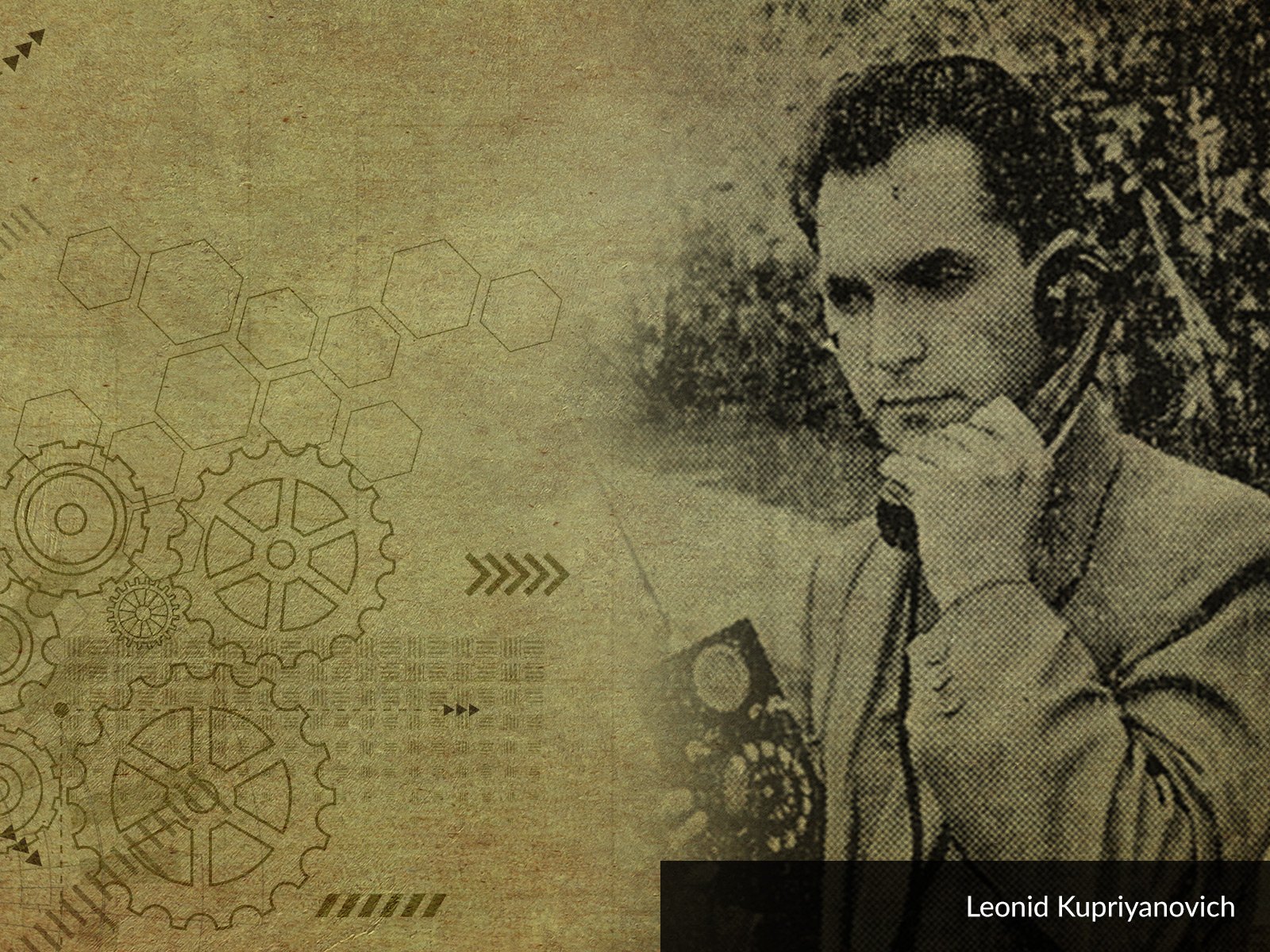
Herbert Kroemer was born in Weimar on 25th August 1928 into a family of craftsmen. His parents had no higher education, however, being aware of its importance, they made sure that Herbert had access to the best possible schooling. He was regularly disciplined at school because, as he recalls, he was often bored. Classes and the issues they dealt with, especially mathematics and physics, were not a challenge for the young mind of this science enthusiast. The teacher of the latter subject even allowed the young Kroemer to help prepare the lessons and teach some of their parts.
Herbert Kroemer – early career
Herbert graduated from grammar school in 1947 and enrolled at the University of Jena to study physics. This was already a period of escalating conflict between the USSR and the West, and academic institutions came under increasing attack from the communist authorities in Moscow. Both students and lecturers became victims of repression, many people were detained or deported. At the same time, there was a surge in the flight of Germans from the GDR to West Berlin and on to France, England or the United States. At the end of the 1950s, Herbert Kroemer received an apprenticeship at the Siemens plant located in Berlin and decided that the time had come for him to escape as well. He managed to leave Berlin and make his way to Göttingen, where, partly thanks to support from his lecturers in Jena, he commenced his studies at Georg August University.
His interests revolved around experimental physics, however, the limited number of places available for the graduation seminar led him to eventually turn to theoretical research. He obtained his diploma (at the impressively young age of 24) by working on a subject that was not yet very popular, but as it soon turned out, very futuristic – transistors.
Kroemer, the visionary – heterojunction bipolar transistors (HBTs) and laser diodes
Despite his achievements, Herbert Kroemer was unable to pursue an academic career due to the fact that there were no vacancies at the University. He did, however, manage to find employment in a research team working for the German Post Office. There, he faced the practical challenges of the growing telecommunications sector on the one hand, and continued his research work on the other hand. The latter resulted in the first theoretical development of the HBT, which was capable of handling high-frequency signals. At the time, there was no technology for the construction of such components, neither were there any practical applications for them, but today it would be difficult for us to imagine the functioning of many devices using radio frequencies without HBTs. The discovery gave Kroemer the opportunity to move to the United States, where he emigrated in 1954 and worked in the laboratories of Princeton, Palo Alto or Santa Barbara. There, in 1963, he made another significant achievement, this time concerning semiconductor lasers. As was the case with the HBT, Kroemer's discovery ran into difficulties this time, too – the project did not receive funding as there were no technologies that could benefit from such developments. However, the project was not forgotten, and today laser diodes, which we use in rangefinders, data readers or fibre-optic systems, operate on the basis of the theory developed by Kroemer.
In the following years, the German physicist was involved in the development of semiconductor technology, exploring the use of gallium, indium or aluminium compounds. His contributions to semiconductor and optoelectronics research were honoured in 2000, when he and Zhores Alfiorov were jointly awarded the Nobel Prize in Physics.
As already mentioned, many modern technologies are based on Herbert Kroemer's discoveries. This applies not only to the tools that employ lasers, but also to industrial sensors and safety components, which made it possible to speed up the mass production of a number of goods. Meanwhile, GSM communication, which has come within the reach of even amateur technicians thanks to dedicated modules, remains one of the biggest technological breakthroughs of recent decades. Besides, Kroemer has been a major contributor to the miniaturisation of all communication devices used by modern electronics engineers.
Of course, he wasn't personally responsible for a number of applications that were based on his discoveries (such as laser diodes and modules or cellular network relays), but he was among those scientists who made another significant step forward in the development of calculating machines. His story is also a reminder that the days of inventors who put together their prototypes in their home workshops are probably gone – today, it is science, patience and powerful theoretical knowledge that bring technology to the next level.





